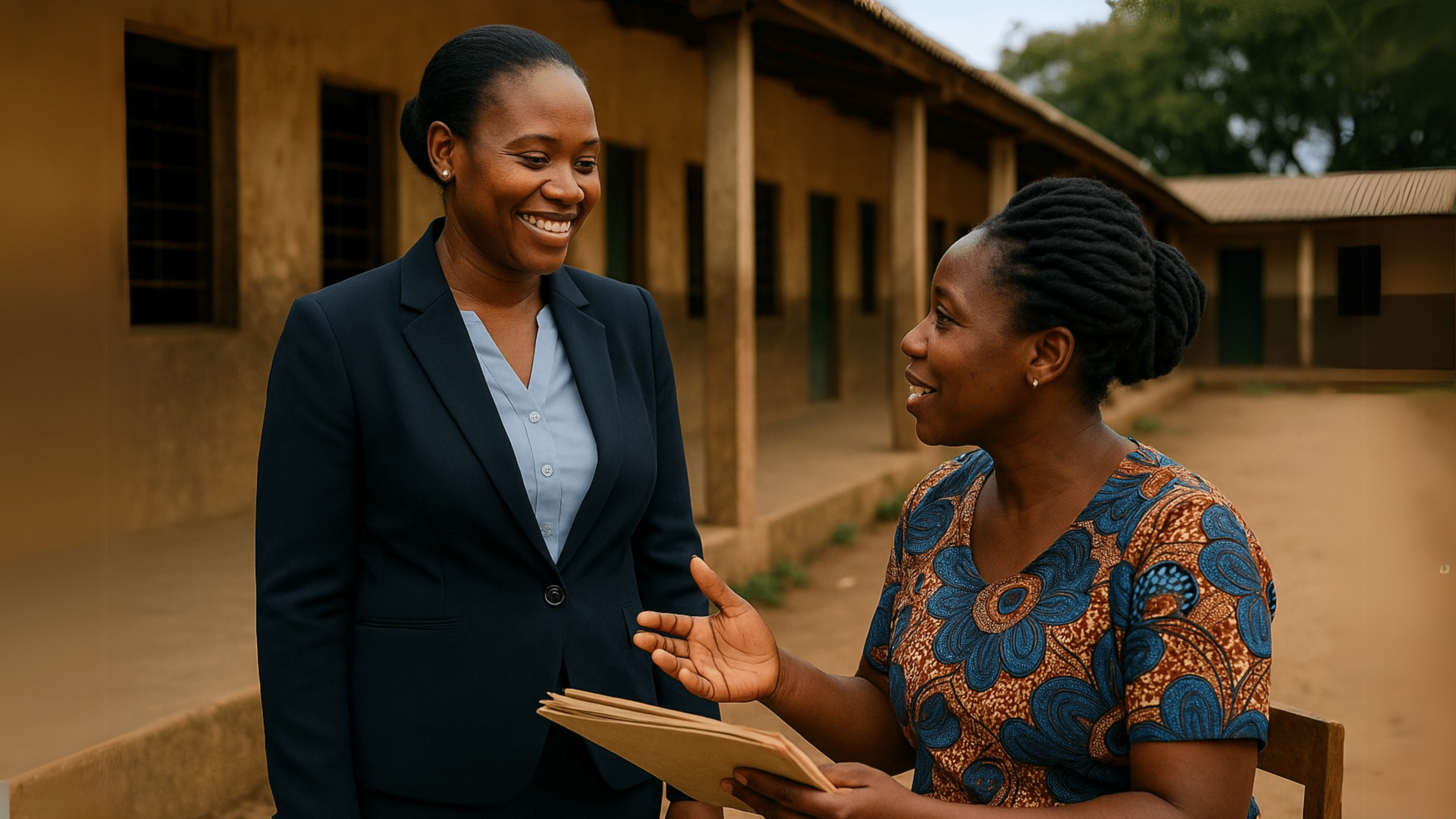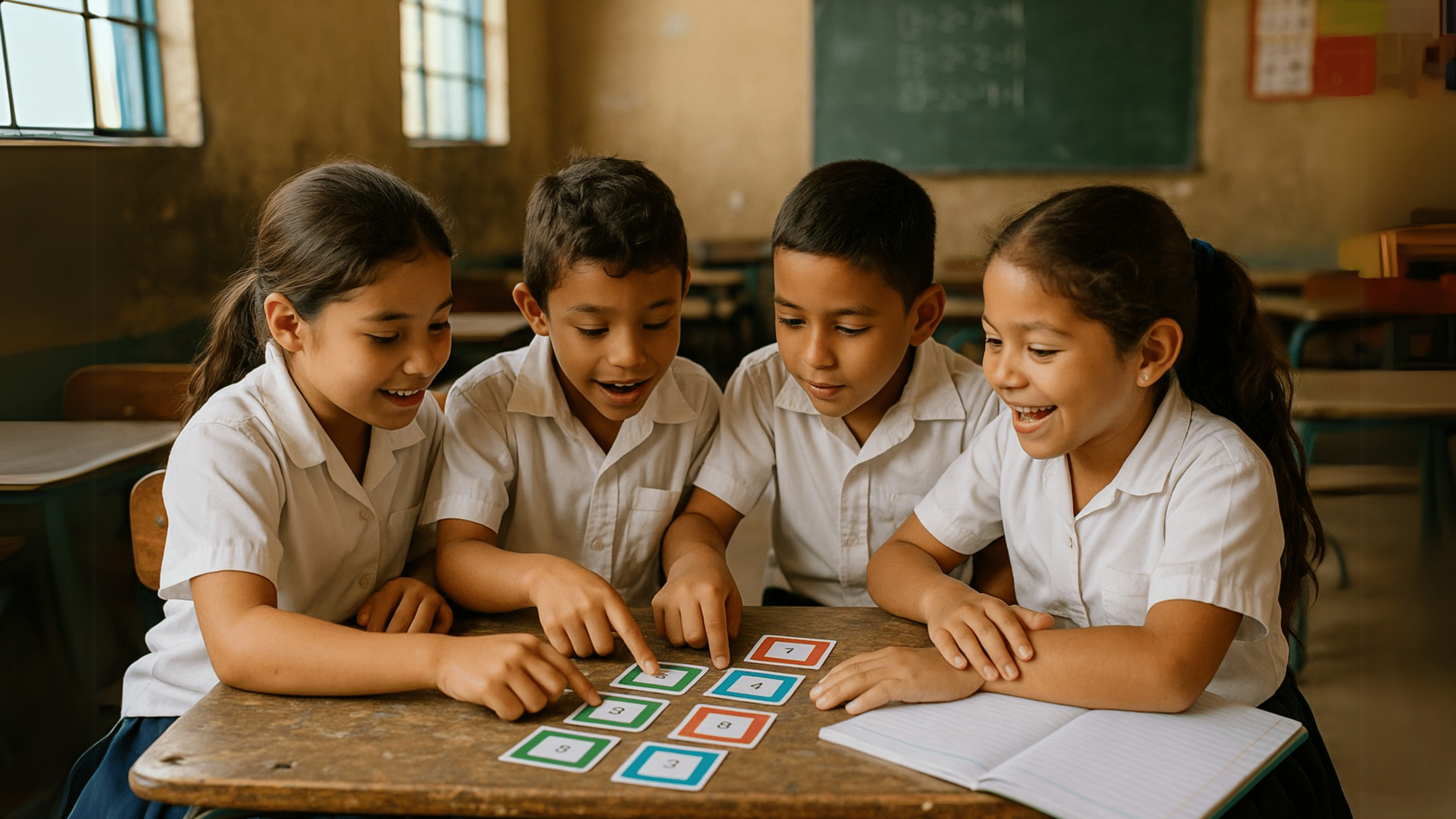As global education systems continue to confront the realities of a widespread learning crisis, especially in the Global South, one insight stands out: teachers are central to the solution. But transforming teaching is not just about more training—it is about better, smarter, and more inclusive teacher professional development (TPD).

That is the central message of the GPE KIX Synthesis Report on Teacher Professional Development, a landmark analysis consolidating evidence from 11 research projects carried out in 41 countries between 2020 and 2024. Backed by the Global Partnership for Education (GPE) and Canada’s International Development Research Centre (IDRC), the report provides a roadmap for building impactful and scalable TPD systems rooted in local realities.
STEM Teacher/student Education for Primary Schools (STEPS) was one of the 11 research projects, designed to address the challenges of primary schooling in the Democratic Republic of the Congo, Benin, and Anglophone Cameroon. The broad research goal was to determine the impact of TPD, new pedagogy, and curriculum materials on the performance of primary school teachers and students in Math and Science in these countries.

Why Rethink TPD Now?
Despite more children being in school than ever before, millions still lack basic literacy and numeracy. Traditional top-down TPD approaches—brief workshops, generic content, and little follow-up—have not moved the needle. The GPE KIX research confirms that effective TPD must be contextualized, continuous, and teacher-led.
This means:
- Focusing on curriculum mastery and subject-specific pedagogy
- Emphasizing active learning, not passive lectures
- Enabling peer collaboration and professional communities
- Delivering ongoing mentorship, not just one-off training
- Leveraging technology—but in ways that fit local infrastructure and needs
What the Research Found
The GPE KIX synthesis groups the projects into four major strategies:
- Scaling Proven Models: Programs like CL4STEM and SITMS adapted successful online and school-based TPD models to improve STEM teaching and promote student-centered strategies in countries like Tanzania, Zambia, and Nigeria.
- Combining Innovations: Projects like STEPS and PARI brought together open educational resources and inclusive digital environments to improve both content delivery and access in multilingual, low-resource settings.
- Bottom-Up Design: Projects like TEPA and MATPD engaged teachers and school leaders directly in designing solutions, using approaches like action research and Universal Design for Learning to respond to specific classroom challenges.
- Tech-Enabled Scaling: Initiatives like TPD@Scale and DL4D explored how digital platforms, mobile messaging, and offline content can bring quality TPD to thousands of rural and underserved teachers.

What Makes TPD Work?
Across all projects, three success factors stood out:
- Stakeholder Engagement: Teachers, school leaders, and government officials were included from the start. Projects that built strong alliances, especially with ministries of education, were better able to integrate innovations into national policies.
- Tech That Fits the Context: High-tech is not always the answer. Projects used everything from WhatsApp and SMS to Moodle and mobile apps—adapting tech to the realities of connectivity and teacher digital literacy.
- Knowledge Mobilization: The most successful initiatives shared results early and often—with local education officials, teacher colleges, and policy influencers—to build buy-in and support adoption at scale.
Real Impacts, Real Change
- In Honduras and Nicaragua, TEPA’s peer tutoring model transformed classroom relationships, promoting metacognitive learning and self-confidence among students.
- In Bhutan, Nigeria, and Tanzania, the CLIx model from CL4STEM strengthened teachers’ ability to promote inclusion in math and science instruction.
- In Uzbekistan and Ghana, governments have adopted TPD@Scale frameworks into their national systems, reaching tens of thousands of teachers.
Where We Go From Here
To build on this progress, the report offers several recommendations for policymakers and practitioners:
- Engage Teachers as Co-Creators: Teachers must be at the center of design, implementation, and evaluation.
- Invest in Leadership Development: School leaders need their own professional development to champion pedagogical change.
- Build Hybrid TPD Models: Blend digital and in-person learning to scale effectively without sacrificing depth.
- Prioritize Equity: Focus on teachers serving marginalized communities, and tailor content for gender, language, and ability inclusion.
- Institutionalize What Works: Use regulatory frameworks and funding mechanisms to embed successful innovations in national education strategies.

Final Thought
The GPE KIX TPD synthesis is not just a report—it is a call to action. It offers clear evidence that contextualized, collaborative, and scalable teacher development can transform classrooms and entire education systems. If we want to ensure every child learns, we must start by empowering every teacher.
📘 Explore the full report and project highlights at: www.gpekix.org
You can also explore the STEPS Project here.
